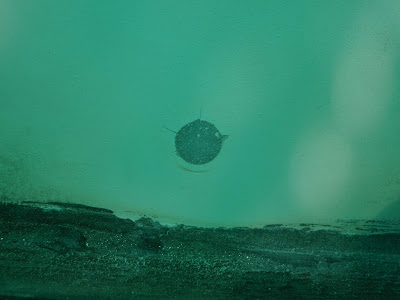Sorry, it has been too long since I updated the blog.
Since our refit project is so huge, and we are the only ones
doing the work, our time in Malaysia seems like Groundhog Day. The boat work is the same and never ending.
Since our technical details and engineering have been worked
out, there is just a lot of grunt work.
Our continuing work on the gelcoat refinishing has moved from
the sides to the deck level. I didn’t
think this was going to be such a big deal but boy was I wrong. The surface area to be sprayed is much less
than the sides but the taping and plastic-ing (not a word) was much more than
expected. Also, working on the deck is
like painting a floor, you have to plan your path very carefully or you will
end up with a hose or footprints running across newly sprayed areas.
We also kept the daily spray areas much smaller than
expected with each area taking a day to sand, a day to tape, a day to spray,
and a day or 2 to post-sand. So it was
easy to chew up our 3 month visa limit without having a lot to look back on.
Here are some pics from the deck spraying:
What we are doing with the deck is refinishing the smooth gelcoat and leaving the existing non-skid original.
 |
| A splice between spray sections. Also you can see the yellowing of the original gelcoat |
 |
| Even though the entire foredeck is taped, it still had to be sprayed in sections |
 |
| This spray area was the part forward of the windows but aft of the crossbar |
 |
| Mast to Trampolines. Taped, plasticked, and sprayed |
After the spraying is done, the guide coat is wiped on and everything is sanded. Since the gelcoat buildup is fairly thick, it will crack when pulling the tape and have uneven edges. In order to avoid this, the edges at the tape have to be finger sanded to the level of the tape so when stripping the tape, only a very small thickness of gelcoat is being cracked.
 |
| Sanded and stripped |
 |
| Mast to Cockpit. Each side had to be sprayed separately |
When doing different sections, we left the plastic in place from the prior days and then sanded and stripped the entire area.






















